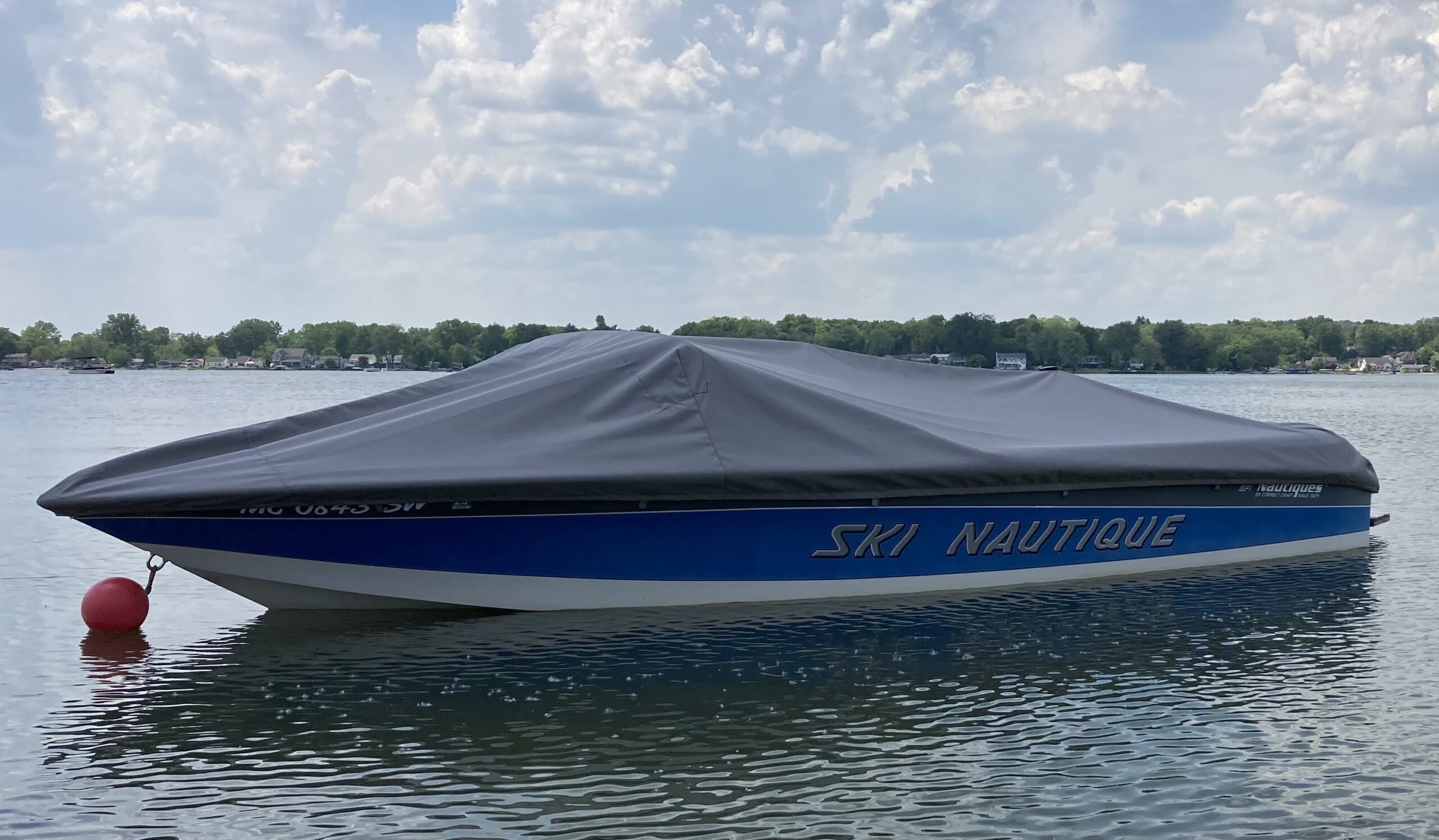As someone who owns a boat, making sure the durability and protection of your investment is vital. One of the most efficient ways to protect your boat from the outside conditions is by using a premium boat cover. With countless options to choose from, crafting your own boat cover can not only save you money but also give you the opportunity to customize the cover to fit your specific needs. This guide explores the essentials of DIY boat covers, offering you with valuable insights into picking the right materials, styles, and features that will keep your vessel secure year-round.
In this investigation of boat covers, we will cover everything from the kinds of materials to take into account, the significance of correct measurements, and tips for upkeep and management. Whether you are looking to protect your boat from harsh winter conditions or seeking a simple cover for temporary use, understanding the ins and outs of boat covers is crucial. Join us as we guide you through the DIY process and guarantee your boat stays in excellent condition for all your excursions on the water.
Choosing the Right Boat Cover
Selecting the right boat cover is essential for safeguarding your asset and guaranteeing its durability. Consider Narrow Boat Cover as the kind of boat you possess, the common weather conditions in your area, and how you plan to use the cover. Each boat has unique dimensions and shapes, which makes finding a cover that fits well crucial. Understanding these elements will guide you toward a cover that provides the optimal protection and strength.

One of the important decisions you will encounter is whether to opt for a bespoke or standard cover. Custom covers are designed specifically to your boat's dimensions, offering a snug fit and increased protection against factors like rain, sun, and debris. On the other hand, universal covers can be more affordable and may work for different boat shapes, but they may not provide the same level of coverage and may require extra adjustment to fit your boat correctly.
Finally, it's important to consider the materials used in boat covers. Choices include canvas, polyester, and various blends, each with its own benefits. Canvas provides superior durability but can be heavier, while polyester is generally more lightweight and often water-resistant. Make a choice based on the environment you live in and the specific protection you require for your boat, making sure you choose a cover that can withstand the conditions it will face.
Upkeep and Care for Boat Covers
To make sure your boat cover stays in top condition, routine maintenance is essential. Begin with routine inspections for evidence of deterioration, such as tattered seams or holes. Rinse your cover at least one time a season using a mild soap solution and gentle brush, not using harsh chemicals that can degrade the material. Remember to allow the cover to thoroughly dry fully before storing it, as moisture can result in mildew and mildew, that can weaken both the cover and the watercraft it safeguards.
When placing your watercraft cover, it’s important to keep it in a chill, dry place away from harsh sunlight. This prevents UV degradation over time. Consider using a breathable storage bag made especially for boat covers, that can further protect against dust and debris while allowing moisture to escape. Avoid bending the cover in ways that could create sharp bends, as these areas are more prone to damage.
Additionally, utilize proper securing methods when your cover is in use. Using straps or shock cords ensures it remains in place during blustery conditions, reducing the risk of it fluttering and perhaps ripping. Being mindful of weather-related factors like ice accumulation during the cold months can also extend the life of your cover. Routine care and attention on these factors will keep your watercraft cover in good shape and prolong its lifespan.
Improvements in Vessel Cover Design
Recent improvements in vessel cover styling have focused on improving strength and ease of use. Manufacturers are now adopting innovative materials that offer better resistance to the environment, such as robust materials that withstand sun exposure, moisture damage, and severe weather conditions. These modern fabrics not only extend the durability of the covers but also make sure that they remain manageable and convenient, allowing the process of protecting and removing your boat much more user-friendly.
Another notable advancement is the integration of advanced features into vessel tarps. Some covers now come furnished with embedded devices that can monitor factors like dampness and climate, warning owners to risks such as mildew or humidity. These intelligent functionalities provide an extra layer of security, enabling boat owners to take early steps to maintain their asset and avoid costly damage before it occurs.
Finally, the configuration and fit of vessel tarps have improved considerably with developments in tailored fitting methods. Three-dimensional scanning technology are increasingly used to create covers that precisely match the shapes of individual watercraft. This exact fit not only enhances the design quality but also improves functionality by preventing water accumulation and maximizing protection. As the field continues to innovate, we can expect to see even more advanced features that cater to the varying needs of watercraft proprietors.
